Bi-Com Diaton User manual




Table of contents
Popular Measuring Instrument manuals by other brands
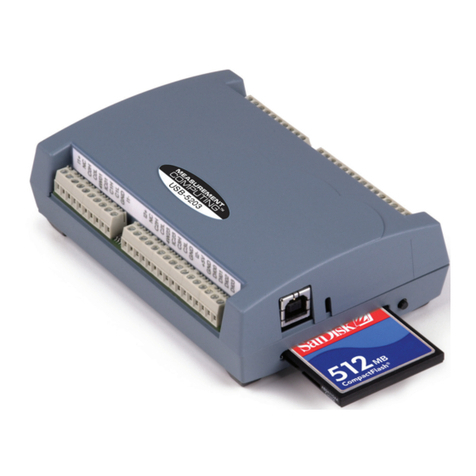
Measurement Computing
Measurement Computing USB-5203 user guide
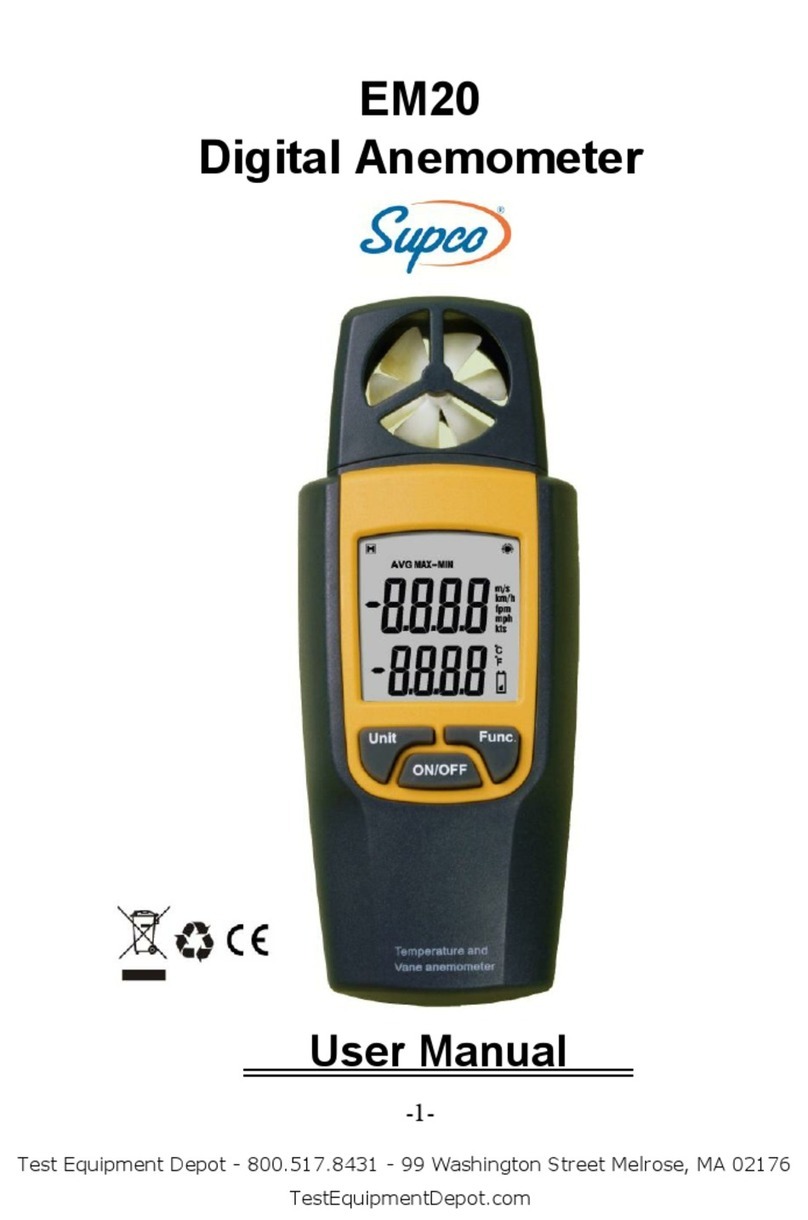
Supco
Supco EM20 user manual
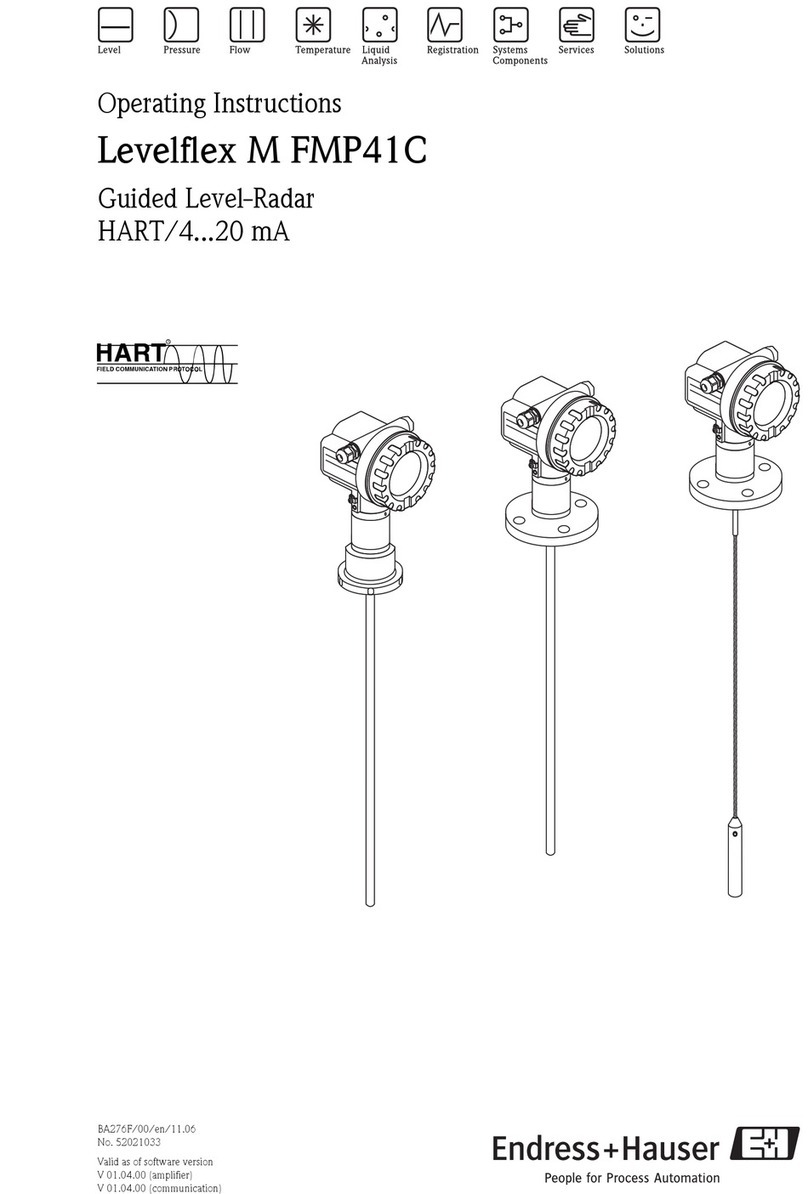
Endress+Hauser
Endress+Hauser Levelflex M FMP41C operating instructions

AGFA
AGFA PCR II Plus user guide
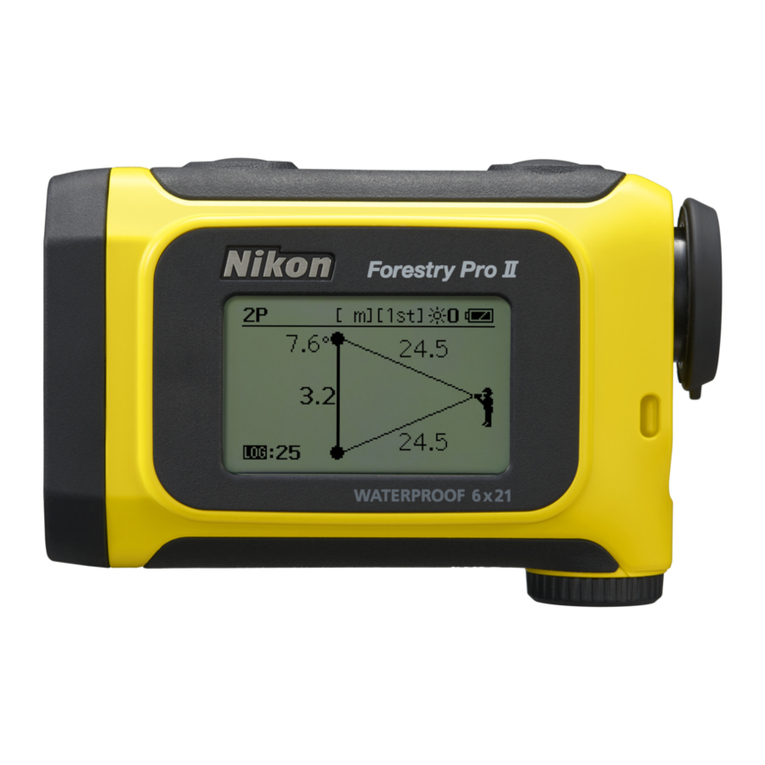
Nikon
Nikon Forestry Pro II user manual
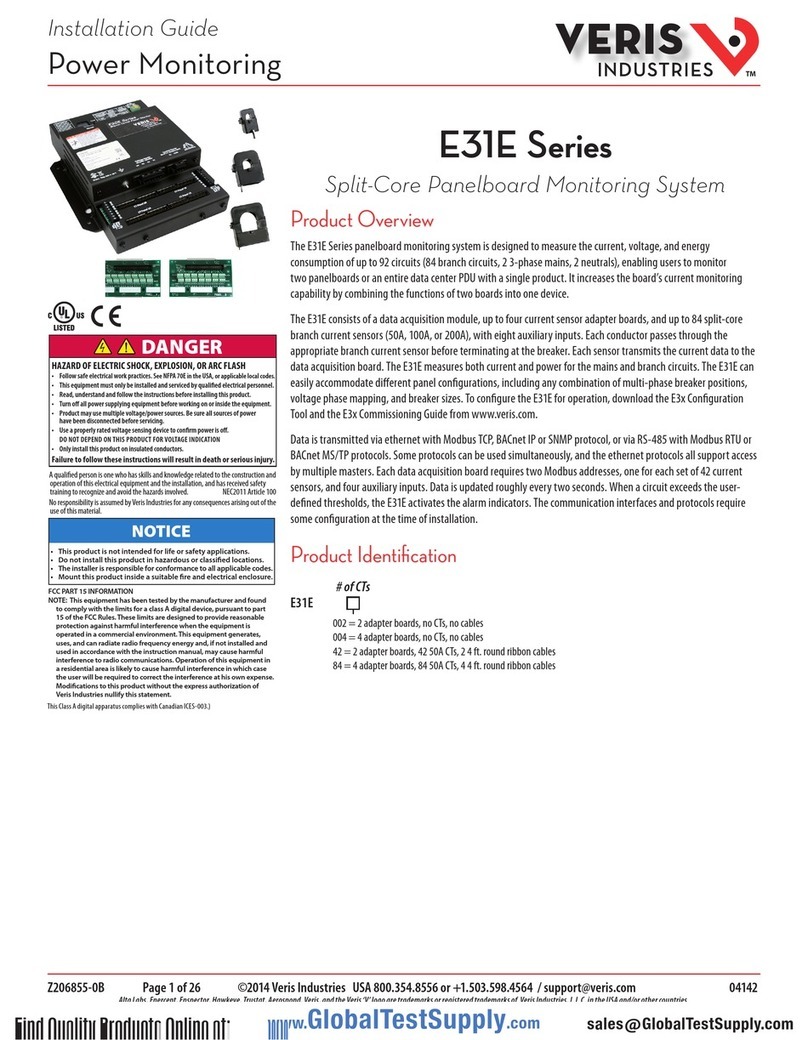
VERIS INDUSTRIES, INC.
VERIS INDUSTRIES, INC. E31E Series installation guide
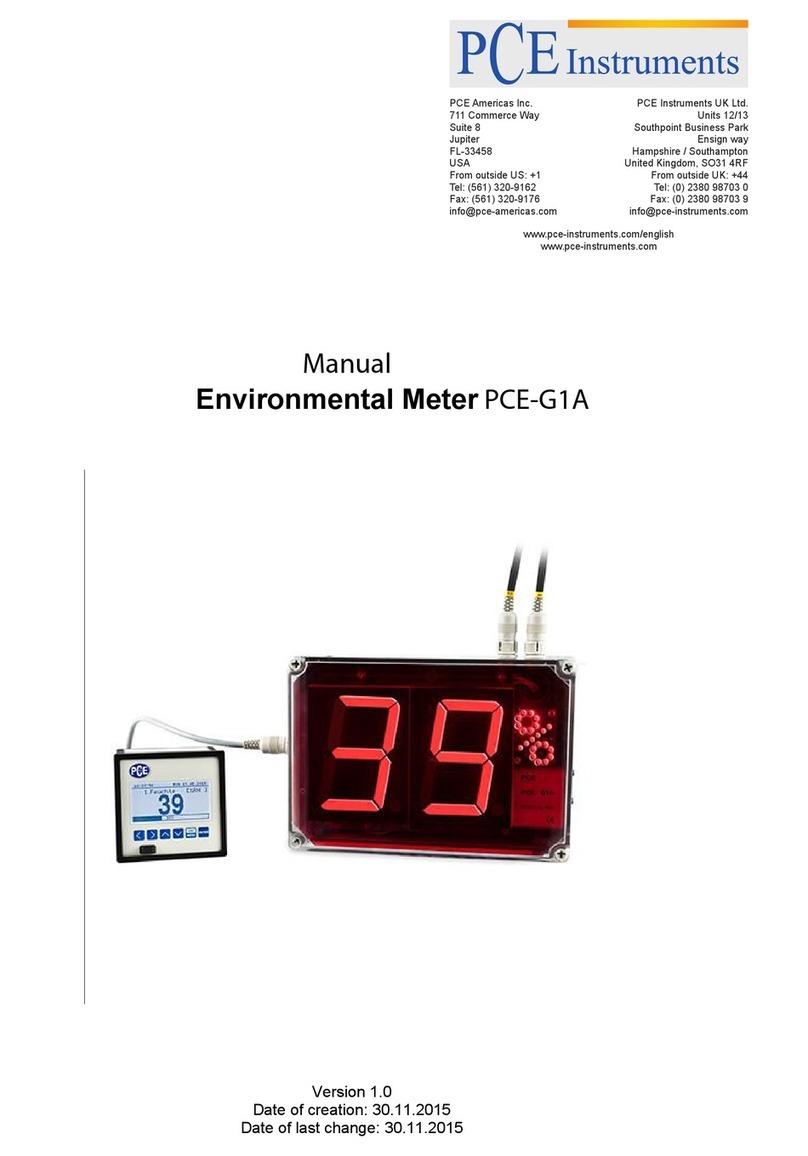
PCE Instruments
PCE Instruments PCE-G1A manual
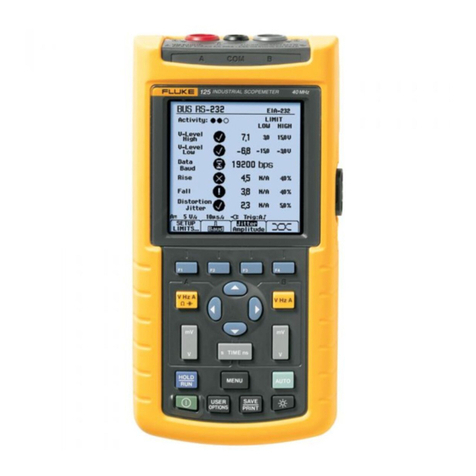
Fluke
Fluke ScopeMeter 125 Getting started
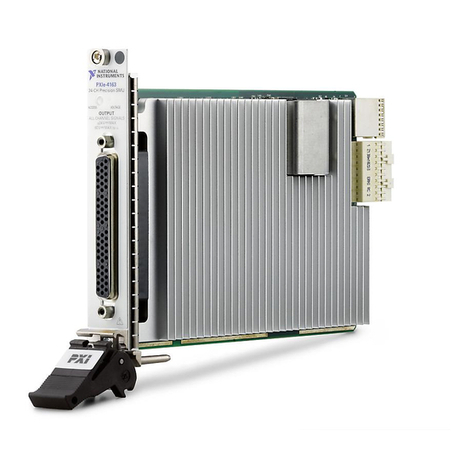
National Instruments
National Instruments PXIe-4163 Getting started guide
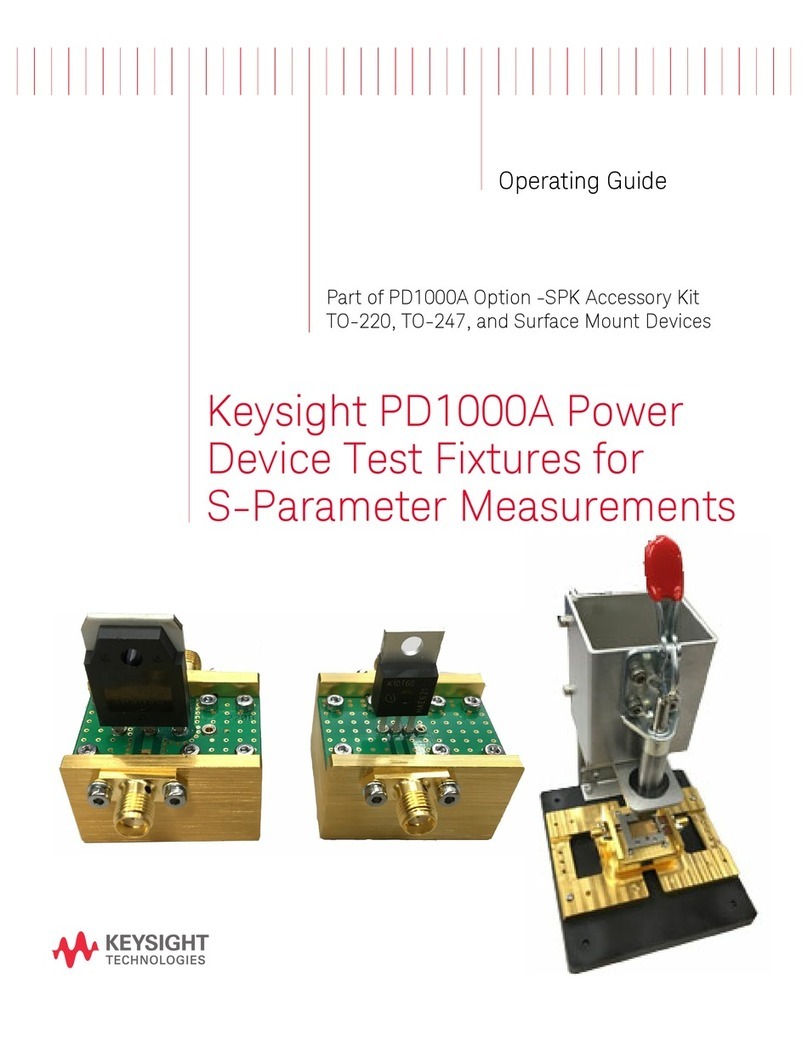
Keysight Technologies
Keysight Technologies PD1000A operating guide
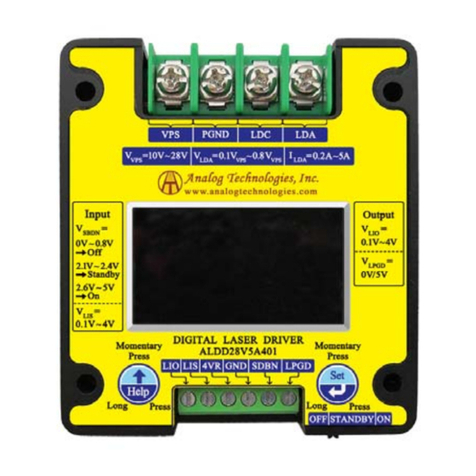
Analog Technologies
Analog Technologies ALDD28V5A401 quick start guide
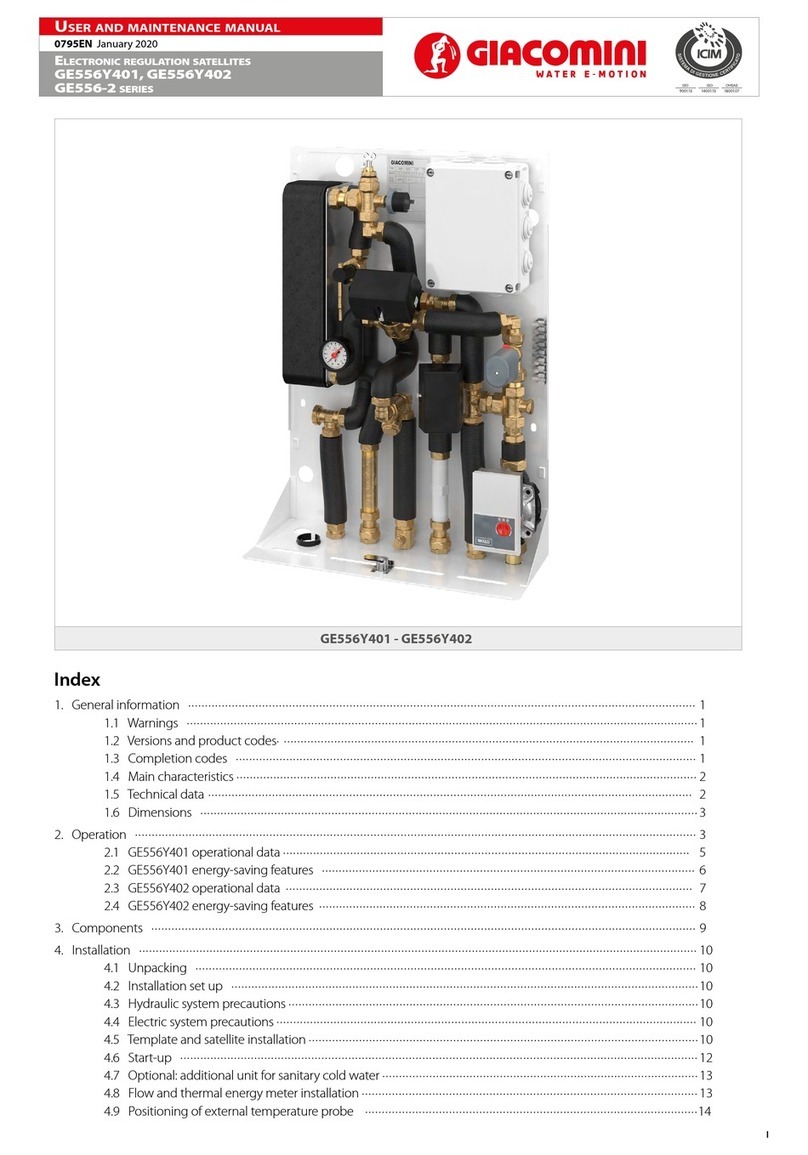
Giacomini
Giacomini GE556-2 Series User and maintenance manual

DAKOTA ULTRASONICS
DAKOTA ULTRASONICS ZX-3 Operation manual
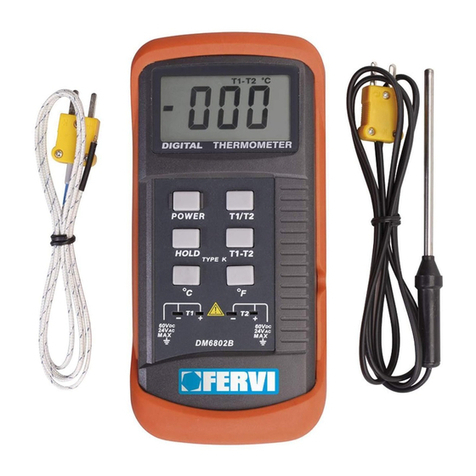
Fervi
Fervi T063 Operation and maintenance manual
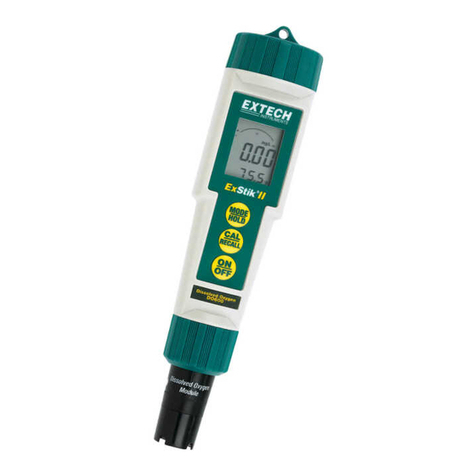
Extech Instruments
Extech Instruments ExStik DO600 user manual

Oscium
Oscium WiPry 790x quick start guide
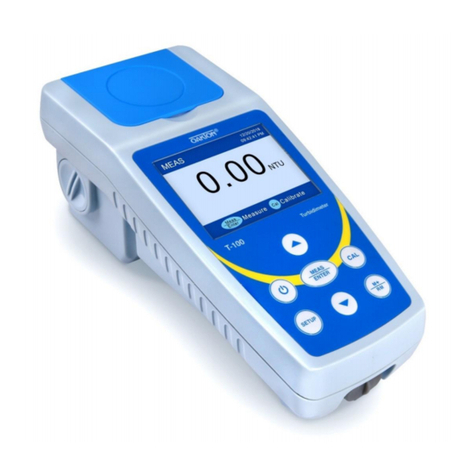
Oakton
Oakton T-100IR instruction manual

P3 International
P3 International V3 Configuration guide